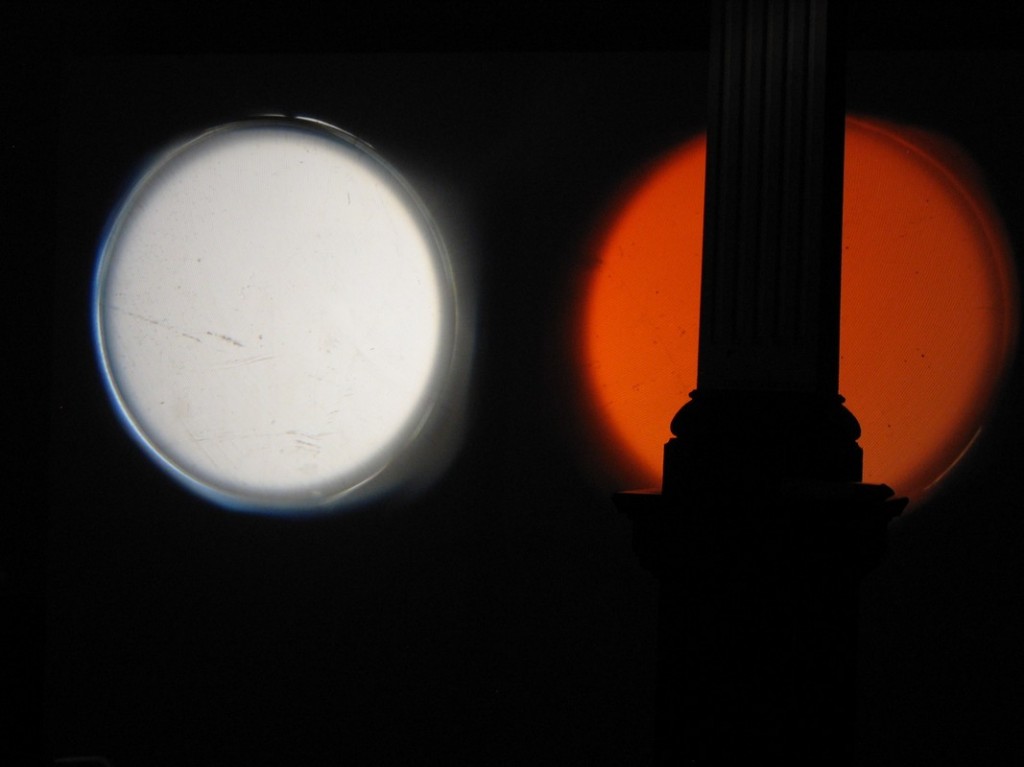A performance of the chemical BZ reaction by Scale Free Network at the OtherFilm Festival in Brisbane, 2007 from scale free network on Vimeo.
Kerry Laitala (San Francisco, USA) – proto-cinematic cine-mesmerism
Bruce McClure (New York, USA) – stroboscopic 16mm extravaganza
Vladmir (Portland, USA) – customised-collectivised View-Master performance
Dirk De Bruyn (Melbourne) – poetic abstraction by an Australian master
Nigel Bunn (Dunedin, NZ) – hand-massaged ‘cine-sculptures’
Pumice (Dunedin, NZ) – broken down, lo-fi pop
and more…!
Special thanks to Omar Ameer for taking the photographs!!
Other Links:
What is the BZ Reaction?
The BZ Reaction is a chemical example of dynamic pattern formation. It was named after two Russian biochemists, Boris Belousov and Anatoly Zhabotinsky. In 1951, Belousov discovered the effect but was ridiculed for it. In the 1960’s, graduate student Anatoly Zhabotinsky took Belusov’s findings seriously and was able to persuade others that the effect was real.
The BZ Reaction was originally rejected as impossible because it seemed to violate the second law of thermodynamics, the science of change. Entropy is central to this law, which states that change tends towards a more disordered state at a molecular level. Simply put, all physical processes have a preferred direction. For example, iron goes rusty or milk disperses in coffee.
The mix of compounds in the BZ does not settle down into a steady, equilibrium state but rather, shifts from order to disorder at intervals. At the time of discovery, this was as surprising to a chemist as it would be to find that when you mixed milk into your coffee, it started to un-mix and re-mix repeatedly.
The oscillations in the BZ do not last forever. When the amount of entropy has increased, it will settle down into a steady or equilibrium state. Eventually, the BZ obeys the second law of thermodynamics; it just has a very unusual way of getting there.









